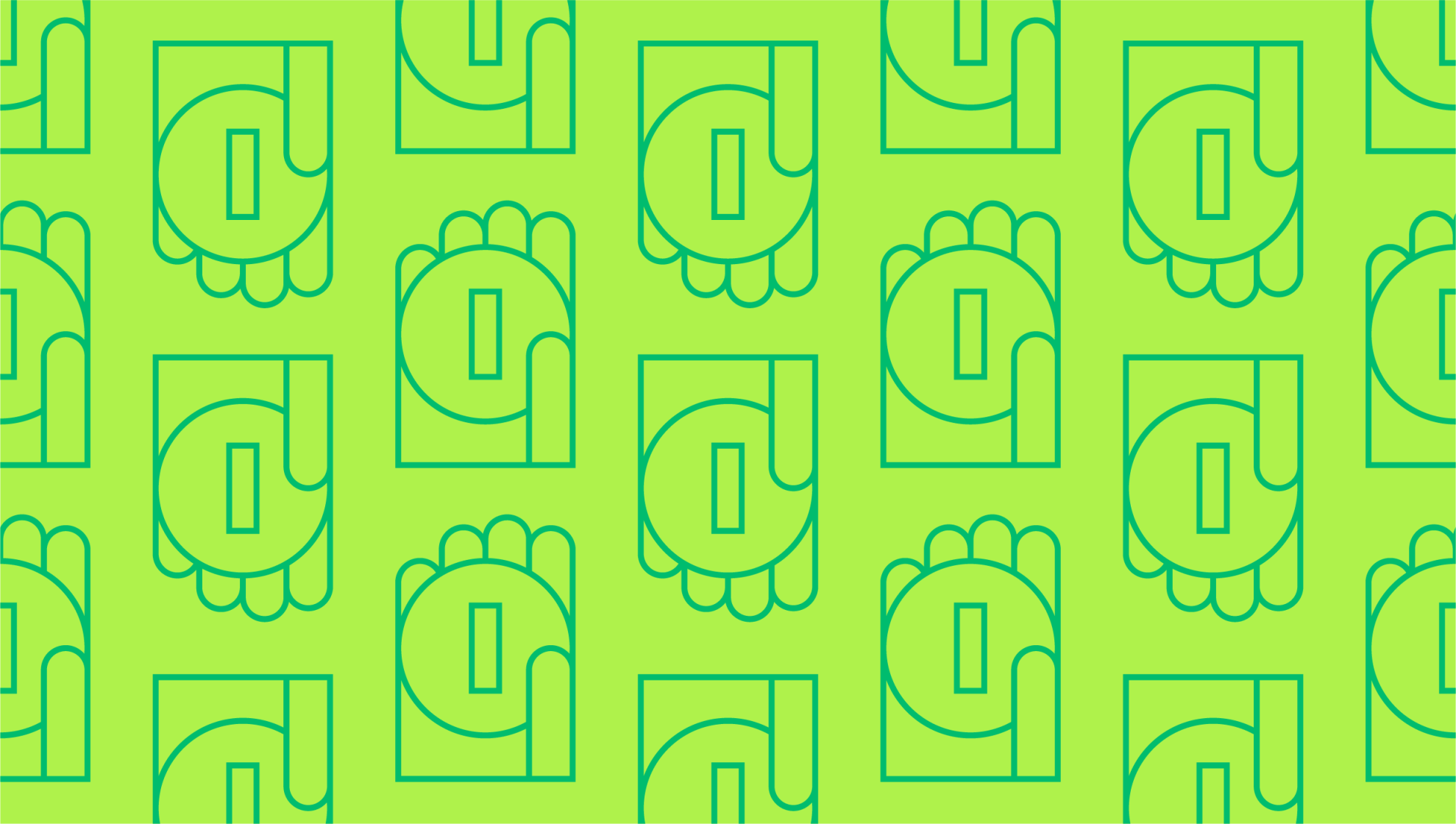Last editedAug 20212 min read
From splitting a restaurant bill with friends to sending your nephew cash for his birthday, peer-to-peer payments offer a way to transfer money quickly and efficiently. At the same time, you can turn to a peer-to-peer lending site to take out a personal loan for house repairs. What is peer-to-peer banking exactly, and how do these systems work? Find out how to send payments without setting foot in a bank below.
What is peer-to-peer banking?
Peer-to-peer (P2P) banking encompasses any financial transactions made between individuals rather than through banks. This includes payments and loans, both of which connect users on specially designated platforms. Peer-to-peer banking usually takes place either online or via mobile apps.
What is P2P payment?
The first component of peer-to-peer banking involves sending online payments. So, what is P2P payment and how does it work? With this type of system, you can link your bank account, credit card, or debit card to an online account. Popular apps like Cash App and Venmo are examples of P2P payment systems. These are handy for situations including the following:
Reimbursing colleagues or friends
Collecting money for group gifts
Splitting bills
Sending cash gifts to friends and family
Sharing expenses with roommates
Imagine that you’ve gone out to dinner with a friend and want to split the bill. You offer to cover the check using your debit card. Your friend opens his payment app, chooses you from a contact list, and sends his half of the bill directly into your account. To verify the transaction, some apps require a PIN code or password while others use fingerprints or other biometric data.
Can bank customers make peer-to-peer payments?
Yes, most peer-to-peer payment platforms allow you to link your bank account so that the systems work together. While you don’t need to physically go to the bank, you’ll be able to transfer funds directly from your account with less hassle than arranging a wire transfer. Most P2P payment systems require both parties to use the same app, although they wouldn’t need to be customers of the same bank.
What is P2P lending?
Another common use of peer-to-peer in banking relates to loans. A P2P lending system allows members to offer loans to one another without the use of a third-party intermediary like a bank. The individual providing the loan sets out a specific rate and amount, which is then bid on by the other users. Buyers can shop around to find a peer loan that meets their needs.
Also called crowd lending or social lending, P2P lending is comparable to crowdfunding. Online lending platforms connect individual borrowers and lenders. To get started as a lender, you would open an account and deposit money. You’ll then be able to choose from loan applicants categorized by level of risk and the amount of interest they’re willing to pay. All money transfers and repayments take place through the P2P banking platform.
How is peer-to-peer lending different from bank lending?
The rates on P2P loans are often lower than they would be with a traditional bank loan, because you’re cutting out the middleman and directly connecting the lender with the buyer. However, this also makes peer-to-peer loans riskier. When looking at how peer-to-peer lending is different from bank lending, cost and risk are the two main areas of disparity. In both cases, applicants with good credit will benefit from more favorable lending rates.
Is peer-to-peer banking safe?
Reputable P2P systems all use encryption to keep your financial details safe, along with fraud monitoring teams to review transactions. You can also help keep your account information safe by following the basics of cyber security:
Opt in for transaction notifications
Change your passwords frequently
Use two-factor authentication
Limit transactions to friends and family
Whether you’re looking for an easier way to send online payments to friends or need to source a better loan rate, peer-to-peer in banking can be a potential solution. Every marketplace is different, so be sure to compare rates, terms, and conditions carefully before submitting any financial details
We can help
GoCardless helps you automate payment collection, cutting down on the amount of admin your team needs to deal with when chasing invoices. Find out how GoCardless can help you with ad hoc payments or recurring payments.

